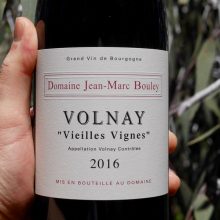
Product information
Domaine Jean-Marc et Thomas Bouley Volnay Vielles Vignes 2016
$144
Description
Bang on. Beautiful, plush texture, lovely savoury fruit. Beautiful elevage, layered, delicate and complex with lovely length and depth. Lots of personality, musk floral lift, this will build beautifully over time. The wines expression for it’s youth and the intrigue it offers is impressive.
Today in Volnay, like neighbouring Pommard, we are seeing a softening of the wines, more plush and pliant tannins. This goes to my point that terroir includes the hand of the maker.
Bouley’s wines fit into this mould. Stepping up to their 1er Cru wines sees a sold jump in quality!
Out of stock
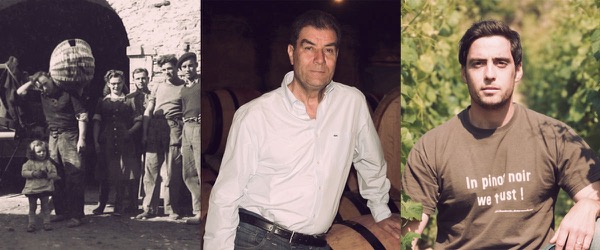
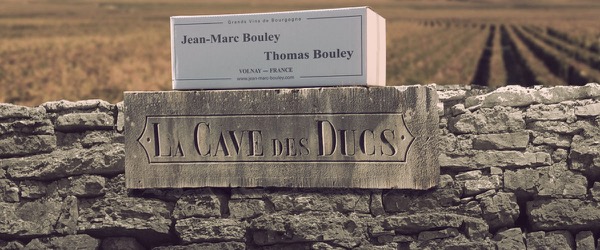
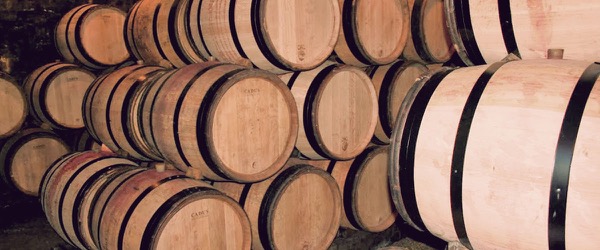
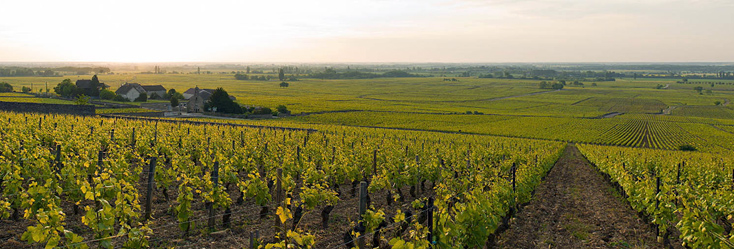
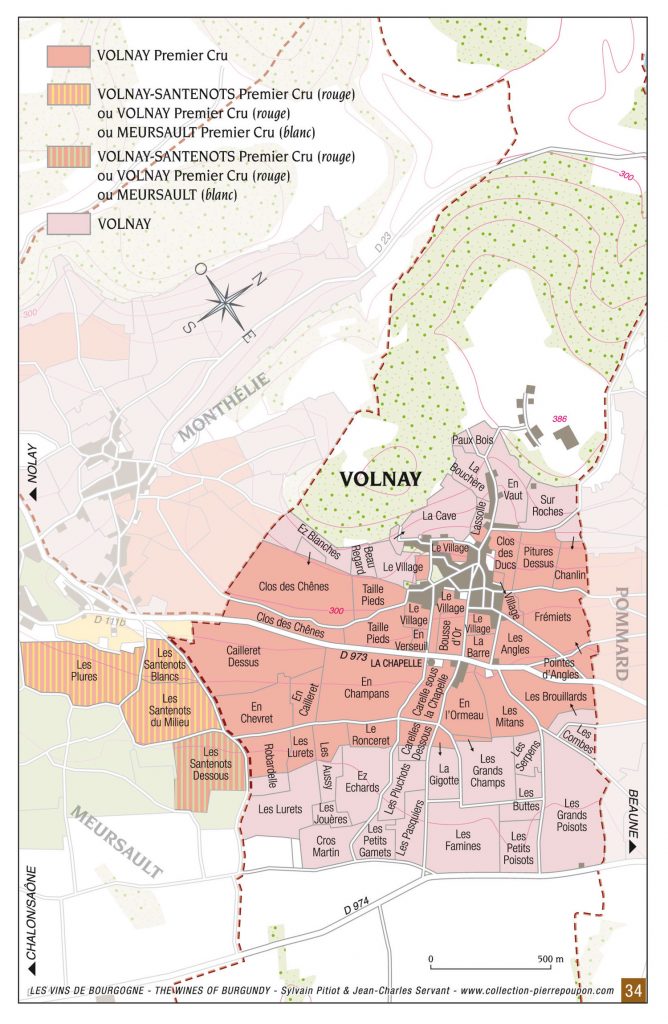
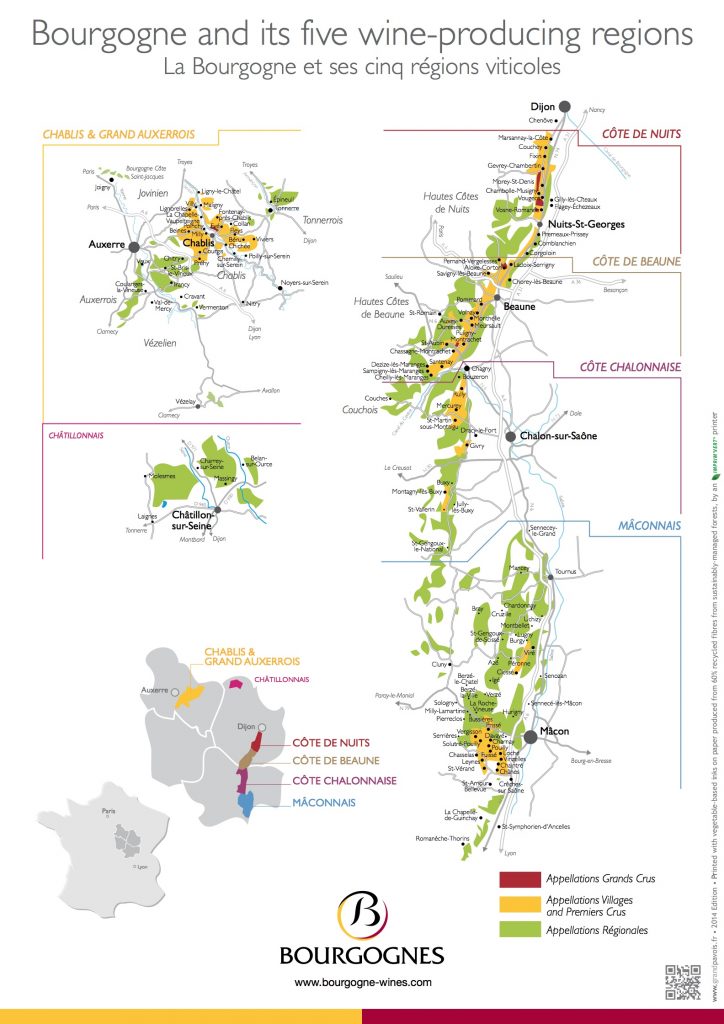
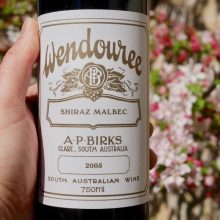
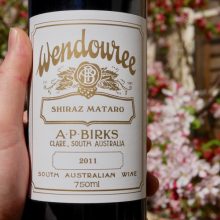
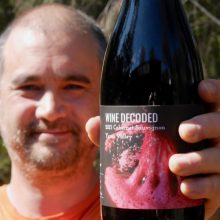
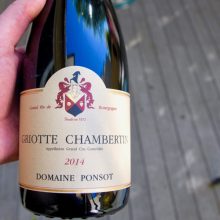
You must be logged in to post a comment.